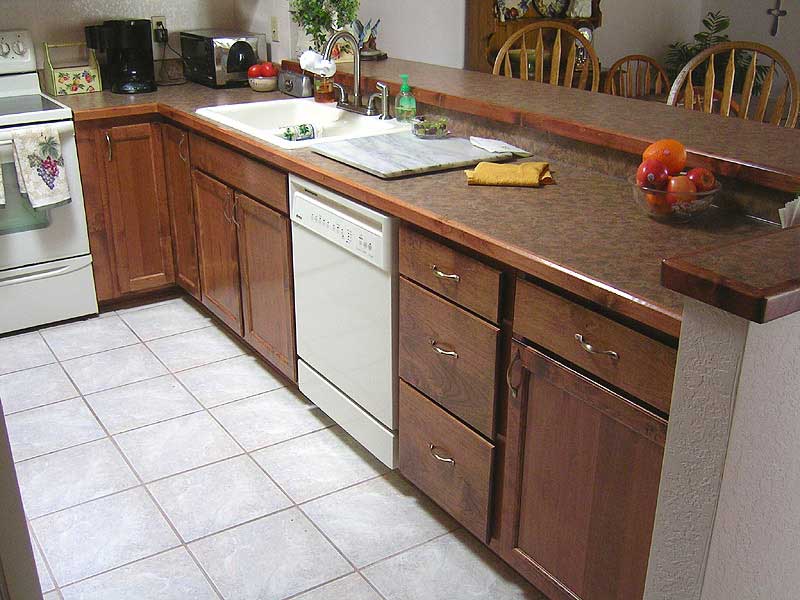Troubleshooting Warped Cabinet Doors
but how do you prevent it? Craftsmen provide some answers. June 12, 2005
Question
I did a job a few months ago, and the customer called and said that the doors were warped. I went to check it out, and 3 of 4 of the doors were warped really badly. The fourth was still perfect. One was warped over 1" and the others weren't much better. The details I know of are as follows:
3 of the 4 doors were warped, the fourth was still perfectly fit.
3/4" poplar frame (specified by arch.)
1/4" mdf for the panel (specified by arch.)
mitered molding design
central heating with occasional fireplace nearby
The EMC was good before, during, and after construction.
The finish schedule was; magnamax primer, sand, magnamax finish, custom denim faux finish, clear magnamax.
Does anyone have any thoughts? I’ve never see that bad of warping before.
Forum Responses
(Cabinetmaking Forum)
From contributor P:
You said the EMC was good, but did you check the moisture content of the wood? Did you make the doors or buy them? It sounds like a moisture problem, but popular tends to sometimes take off no matter what you do.
From contributor A:
Sure sounds like a moisture problem to me as well. I try to have the moisture content at 6% to 7%.
From contributor X:
One house that I worked on had a room right off of the kitchen that housed a wood burning stove. In the fall I had installed new cabinets and there were no problems with the doors. When winter came few doors warped. The wood stove was cranked up for extra heat, thus they were changing the humidity in the house.
When they heated the house with their forced air furnace the warp was not noticeable. I refinished the doors in a stable environment (extra coat), bought them a large tea kettle to fill with water, and had them place it on the wood burning stove when it was in use. I checked back and found that the homeowner had no complaints.
From the original questioner:
The moisture content was at 8% when I started the job. I never checked it after that. I made the doors from scratch.
The thing is, all the doors were from the same batch of lumber, how come the forth door is still perfect? It is closest to the heat, and looks fine.
From contributor D:
Boards ripped for door parts should be stacked flat and straight for a day or so before being made into stiles and rails. This gives the internal stresses in the freshly ripped wood time to relieve and show its nasty face. Other than those stresses, it’s always a moisture deal. Since you say the moisture content was 8%, I would guess your parts moved due to relief of internal stress.
This relates to many things such as how the board was sawed out of the log, where out of the log in came, and how the tree grew. In my process, we ripped hundreds of stiles and rails each day and sometimes when a flat board was ripped it would yield rails that would cup, bow and/or twist immediately. They seem to explode with stress relief. Others require a day or so to move.
From contributor S:
It sounds to me like the poplar wasn’t stress relieved properly. I did a trim job a couple of years ago for a new house that was all made from poplar, and the main sawmill where I get most of my hardwoods from gave me a pretty good deal on the poplar. There poplar was so case hardened that I couldn’t use it. I tried flattening it out with the jointer and planing it, and it looked really nice until it sat overnight and then it would be bowed or twisted the next day. I went to another one of my sawmill suppliers and told them the problem, and they said the problem was that the wood wasn’t stress relieved properly.
